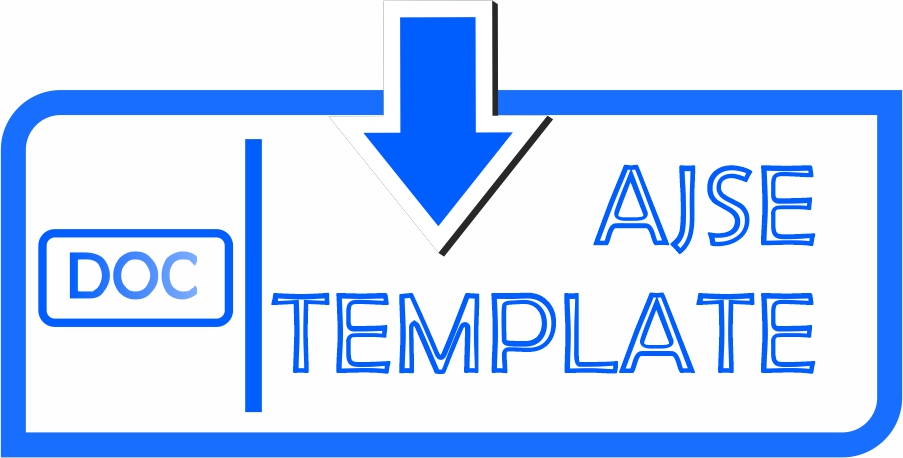ENERGY MODELLING AND FORECASTING OF DAERAH ISTIMEWA YOGYAKARTA 2025
Eko Haryono(1*), Deendarlianto -(2), Bertha Maya Sopha(3)
(1)
(2) Faculty of Engineering Universitas Gadjah Mada
(3) Faculty of Engineering Universitas Gadjah Mada
(*) Corresponding Author
Abstract
Daerah Istimewa Yogyakarta (DIY) is one of the provinces in Indonesia which does not have a backup or potential sources of non-renewable primary energy. The non-renewable energy demand until this time, such as oil,coal and gas is supplied from the outside. DIY is in Java Madura Bali (JAMALI) interconnerction system and has not had a large-scale power systems. While DIY has renewable energy sources such as hydro, solar, wind, wave and biomass energy. These renewable energy sources are alternative energy that have not been optimally used. The lack of reserve energy resources that resulting dependence of energy supply from other areas should receive special attention from DIY government. To meet energy demand, the energy resources development is required. Due to the energy resources development requires a long time and high cost, it is necessary to be supported by good planning in energy policy.
The purpose of this study is to determine the balance of energy demand and supply of DIY until 2025. Furthermore, the purpose of this study is to find out a mix number of renewable energy. The Indonesian government has launched a vision of 25/25 which expection in 2025, the mix number of renewable energy will be 25%.
The results of this study indicate that in 2025, the Transportion Sector is the largest energy user sector in DIY at 52.37%, followed by Household Sector (32.70%), Commercial Sector (8.26%), Other Sector (4.64%), and Industrial Sector (2.04%). The high level of energy consumption in the Transportation Sector is caused by the increasing number of vehicles especially motorcycles and passenger cars considering DIY is a student and tourism city. In term of the type of energy used, in 2025, the gasoline is the greatest type of energy demand (41.8%), followed by LPG (23.97%), electricity (18.14%) and diesel oil (11, 74%). This indicates that the fuel oil is still the main energy source for the DIY community activities. When viewed from supply side, most of the energy needs in DIY are supplied from outside. If the development of enewable energy targets DIY reached, the renewable energy mix is obtained by 0.53 %.Keywords
Full Text:
PDFReferences
Adams, F. G., Shachmurove, Y., 2008. Modelling and Forecasting Energy Consumption in China: Implications for Chinese Energy Demand and Imports in 2020, Energy Economics, Vol.30, pp. 1263-1278.
Ahmad, S. S., Muhammad, S., Shabbir, R., Wahid, A., 2010, Predicting Future Energy Requirements of Punjab (Pakistan) Agriculture Sector Using Leap Model,World Applied Sciences Journal, Vol 8, pp. 833-838.
Anonim, 2008, Buku Panduan Biomassa Asia: Panduan untuk Produksi dan Pemanfaatan Biomassa, The Japan Institute of Energy.
Anonim, 2011. LEAP Long-range Energi Alternatives Planning System: User Guide for Version 2011 first Draft, www.energycommunity.org, 13 Agustus 2013.
Anonim, 2014. https://eosweb.larc.nasa.gov/cgi-bin/sse/retscreen.cgi?email=rets @nrcan.gc.ca, 7 Januari 2014
Aritonang, R. L. R., 2009. Peramalan Bisnis, Penerbit Ghalia Indah, Jakarta.
Badan Pengkajian dan Penerapan Teknologi, 2012. Outlook Energi Indonesia, 2012, www.bppt.go.id, 13 Agustus 2013.
Badan Pusat Statistik Provinsi Daerah Istimewa Yogyakarta, 2010. Daerah Istimewa Yogyakarta dalam Angka 2010.
Badan Pusat Statistik Provinsi Daerah Istimewa Yogyakarta, 2011. Daerah Istimewa Yogyakarta dalam Angka 2011.
Badan Pusat Statistik Provinsi Daerah Istimewa Yogyakarta, 2012. Daerah Istimewa Yogyakarta dalam Angka 2012.
Budiarto, R., 2012. Kebijakan Energi Menuju Sistem Energi yang Berkelanjutan, Penerbit Samudra Biru, Yogyakarta.
El Bassam, N., Maegaard, P., 2004. Integrated Renewable Energy for Rural Communities: Planning Guidelines, Technologies and Applications, Elsevier B. V., Amsterdam.
Guta, D. D., 2012. Assessment of Biomass Fuel Resource Potential and Utilization in Ethiopia: Sourcing Strategies for Renewable Energies, International Journal of Renewable Energy Research, Vol. 2, No. 1.
Hanke, J. E., Wichern, D., W., 2005. Business Forecasting, Pearson Prentice Hall, United State of America.
Khan, S. I., Islam, I., Khan, A. H., 2011. Energy Forecasting of Bangladesh in Gas Sector Using LEAP, Global Journal of Researches in Engineering, Vol. 11, Issue 1, Ver. 1.0, February 2011.
Lanang, R. WTP., 2005. Kajian Perencanaan Permintaan dan Penyediaan Energi di Wilayah Daerah Istimewa Yogyakarta Menggunakan Perangkat LEAP, Skripsi, Jurusan Teknik Fisika Fakultas Teknik Universitas Gadjah Mada, Yogyakarta.
Slide Presentasi Dinas PUP-ESDM DIY dalam acara Edukasi dan Sosialisasi Pemanfaatan Aneka EBT di Yogyakarta, 30 November 2012.
Sugiyono, A., 2010. Pengembangan Energi Alternatif di Daerah Istimewa Yogyakarta: Prospek Jangka Panjang, Yogyakarta.
Suhono, 2010, Kajian Perencanaan Perminataan dan Penyediaan Energi Listrik di Wilayah Kabupaten Sleman Menggunakan Perangkat Lunak LEAP, Skripsi, Jurusan Teknik Fisika, Fakultas Teknik, Universitas Gadjah Mada, Yogyakarta.
Undang Undang Republik Indonesia Nomor 30 tahun 2007 tentang Energi.
Undang Undang Republik Indonesia Nomor 30 tahun 2009 tentang Ketenagalistrikan.
Wijaya, M., E., Limmeechokchai, B., 2009. Supply Security Improvement of Long Term Electricity Expansion Planning of Java-Madura-Bali System in Indonesia, Thammasat International Journal, Science Technology, Vol. 14, No. 4, October-December 2009.
Yusgiantoro, P., 2000. Ekonomi Energi: Teori dan Praktik, LP3S Indonesia, Jakarta.
Article Metrics
Refbacks
- There are currently no refbacks.
Copyright (c)
Universitas Gadjah Mada


